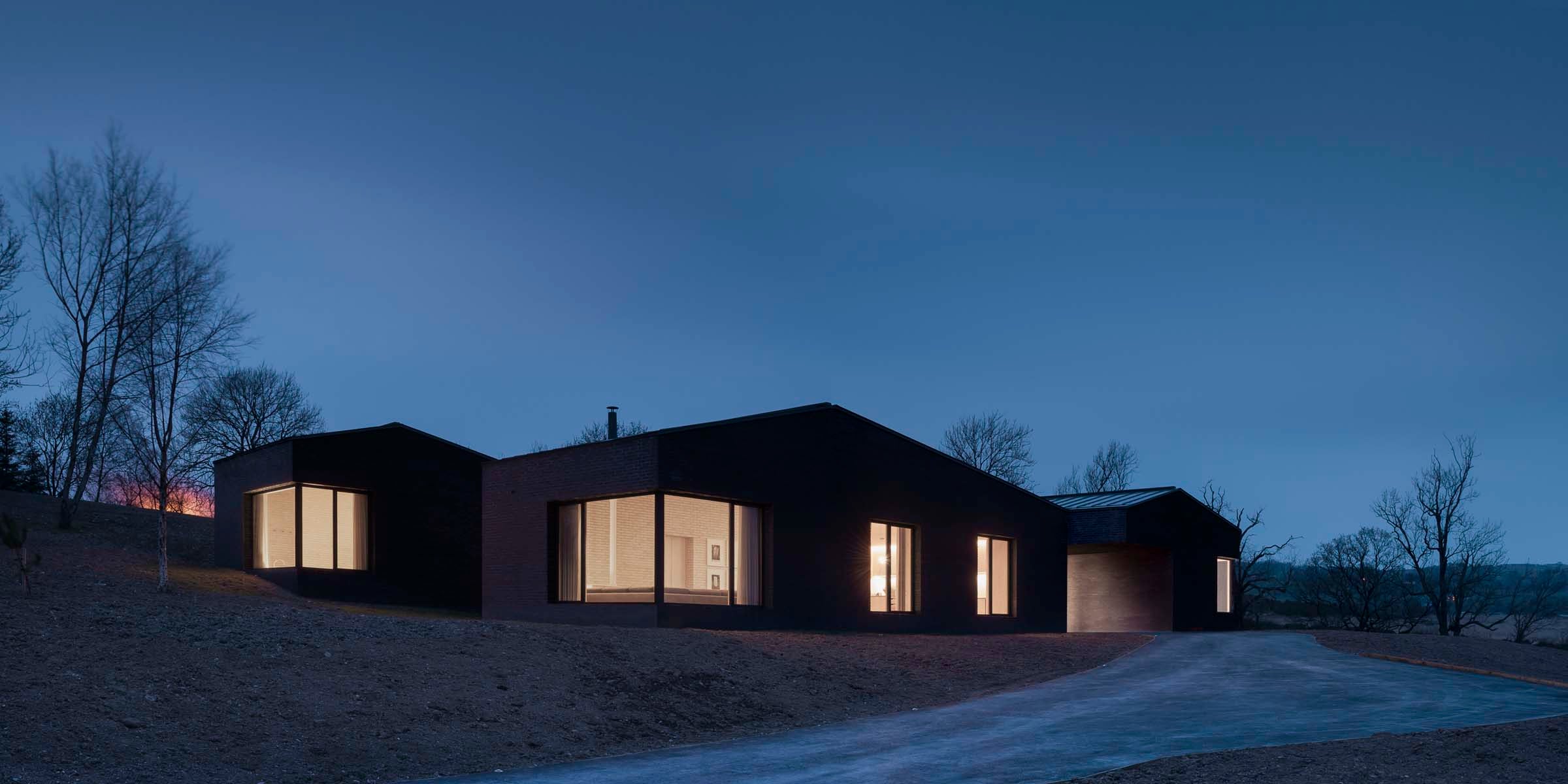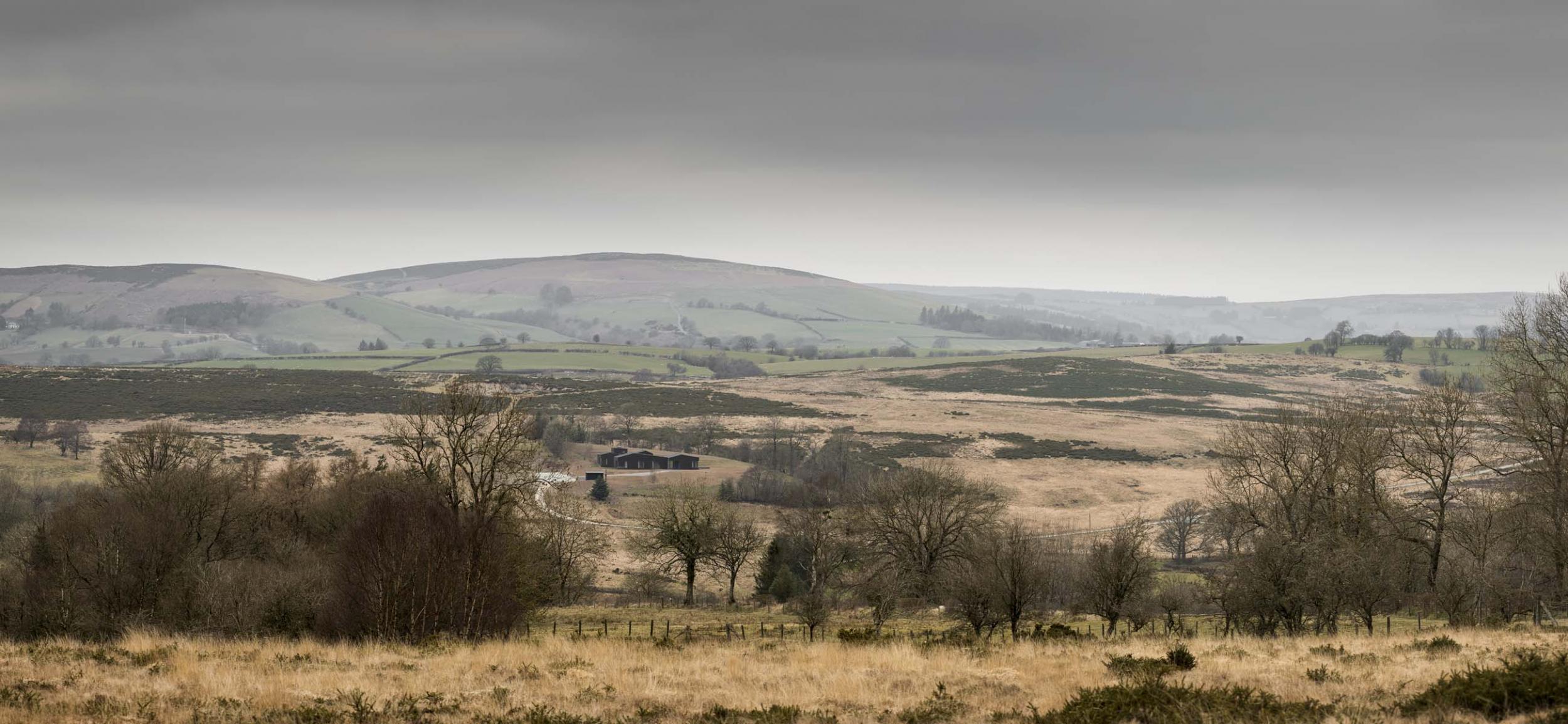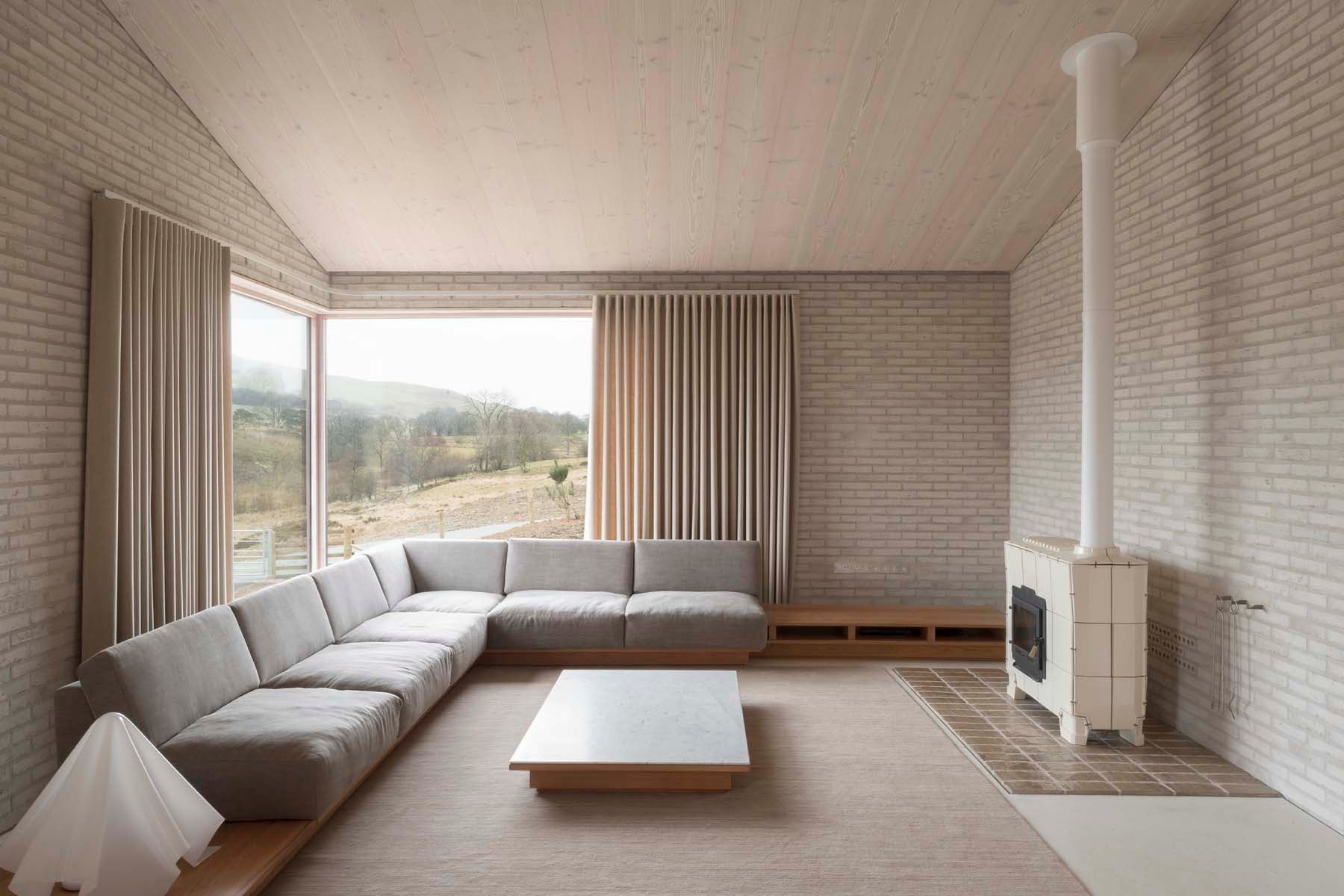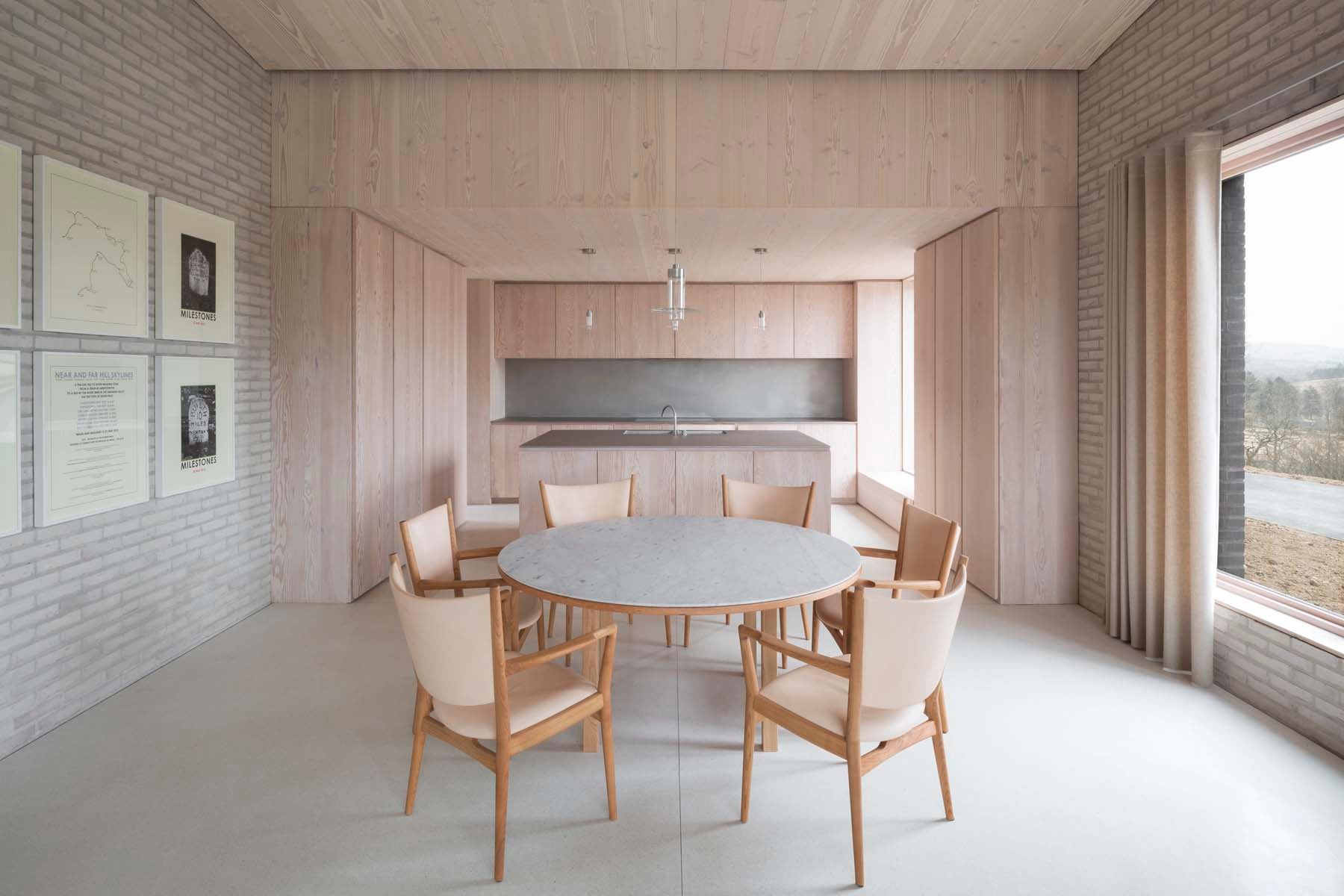Review: Life House, Living Architecture's latest venture in Wales
The most recent opening from Alain de Botton's organisation is a place for quiet contemplation

Your support helps us to tell the story
From reproductive rights to climate change to Big Tech, The Independent is on the ground when the story is developing. Whether it's investigating the financials of Elon Musk's pro-Trump PAC or producing our latest documentary, 'The A Word', which shines a light on the American women fighting for reproductive rights, we know how important it is to parse out the facts from the messaging.
At such a critical moment in US history, we need reporters on the ground. Your donation allows us to keep sending journalists to speak to both sides of the story.
The Independent is trusted by Americans across the entire political spectrum. And unlike many other quality news outlets, we choose not to lock Americans out of our reporting and analysis with paywalls. We believe quality journalism should be available to everyone, paid for by those who can afford it.
Your support makes all the difference.Prepare to revise your definition of “back-of-beyond”. The latest offering from Alain de Botton’s Living Architecture organisation, whose philosophy is to build holiday homes that inspire guests with contemporary architecture, has just been completed in a remote Welsh valley.
Here, midway between the Brecon Beacons and Snowdonia national parks, architect John Pawson has brought his signature monastic minimalism to Tŷ Bywyd (the Life House), dug into the slopes of a sheep-cropped grassy bowl east of the village of Llanbister.

Hidden within a severe carapace of black Danish brick is the kind of stealthily luxurious home that at first sight would give an abbot an alibi. The spare interiors of the L-shaped house are mostly lined with off-white bare brick, while ceilings are white-oiled douglas fir and floors a hardwearing, creamy terrazzo.
The austerity is an illusion. Floors are heated, the dining table marble-topped and its Hans Wegner chairs upholstered in raw leather, while the feather-filled sofa alone is bigger than a London bedsit. A white-tiled wood burning stove sitting on moss green glazed tiles is an aesthetic joy.
Each of the three bedrooms has a different focus; bathing in the first, in the form of a generous tub with a skyline view set into a plinth at the foot of the bed; music in the second, with its fabulous Icon Audio hi-fi and a great choice of CDs (great in this context means that it coincides with your music collection); reading in a bookshelf-lined third. It’s the antithesis of Living Architecture’s 2015 opening – the enveloping maximalism of the House for Essex created by FAT Architecture and Grayson Perry.

You could swing several cats nose-to-tail in the timber and stainless steel kitchen, where everything down to the teaspoons is designed by either David Mellor, Pawson himself or supplied by various other high-end modernist homewares brands. The architect has actually designed a Bohemian monastery for Cistercian monks and his crockery and glassware inspired by this experience have an ascetic exactness. “Indulgent” might be a travel ad cliché but no monk worth his habit would have trouble selling indulgences like this.
But it is a cruel kitchen that inspires cookery fantasies in the middle of nowhere. Llandrindod Wells – a Victorian spa-turned Royston Vasey is a 20-minute drive for the nearest decent supplies. Fresh rosemary for roast spring lamb proves elusive.
The live ovine equivalent is baa-ing on your doorstep (possibly literally if you don’t close the gate at the end of the drive) in the form of newly minted, shivery-legged offspring of the valley’s sheep farms. This is fine walking country and there are footpaths up to the hilltops through boggy sheep fields, across fierce muddy streams that scour around exposed roots and narrow ravines that you could hide a body in. The daffodils are in bloom. It is all extravagantly Welsh.
You can look down on the house from on high – its bedroom pavilions beaded along its corridors – and appreciate that the tones of the house reflect the tones of the landscape (and its matching OS Explorer maps 200 and 214).

Arriving home from bog trotting (and Tŷ Bywyd quickly feels like home) and the request is shoes off. There’s no need for such instructions; the thought of tramping muddy boots over the interior's acres of creamy terrazzo is anathema. In fact, a boot room to hide the grubby invaders from sight might have been an idea.
If living with such near perfection makes you nervous, Pawson has thoughtfully provided two spots for contemplation designed to ease your mind. The first is outside at one end of the right-angled corridors, where two plinths frame a stone slab carved with advice from Henry David Thoreau about living consciously in nature. The second is a black brick chamber at the other end of the right angle, half submerged in the earth and lit by a retractable skylight. You are invited to recline on more black brick plinths, breathe in the gentle animal scent of the pony skin cushions and think about more words of wisdom in a carved stone slab – this time by Blaise Pascal on the virtues of sitting alone in silence.
Perhaps unsurprisingly given the chamber’s chapel of rest qualities, 10 pitch-black minutes in the chamber for one (admittedly, something of a stoner) guest on this visit led to an epiphany that the message of the house was the struggle between light and dark, good and bad, life and death. Creating unusual sleeping spaces for guests to retire to/freak out in seems to be a trend in the wake of Anthony Gormley’s inhabitable sculpture at The Beaumont Hotel in Mayfair.
More mundanely, if you run to champagne tastes but have a beer income, the room might inspire thoughts about why the bin store has been plonked in the middle of the sitting room view or where you can get your hands on a superior Rösle potato-peeler like the one in the kitchen.
Like Welsh chapels, thoughts it seems, can run to high or low, but architecture like this can definitely inspire. Splendid isolation indeed.
Life House/Tŷ Bywyd, near Llanbister, Powys, Wales (living-architecture.co.uk). From £3,200 a week; sleeps six.
Join our commenting forum
Join thought-provoking conversations, follow other Independent readers and see their replies
Comments